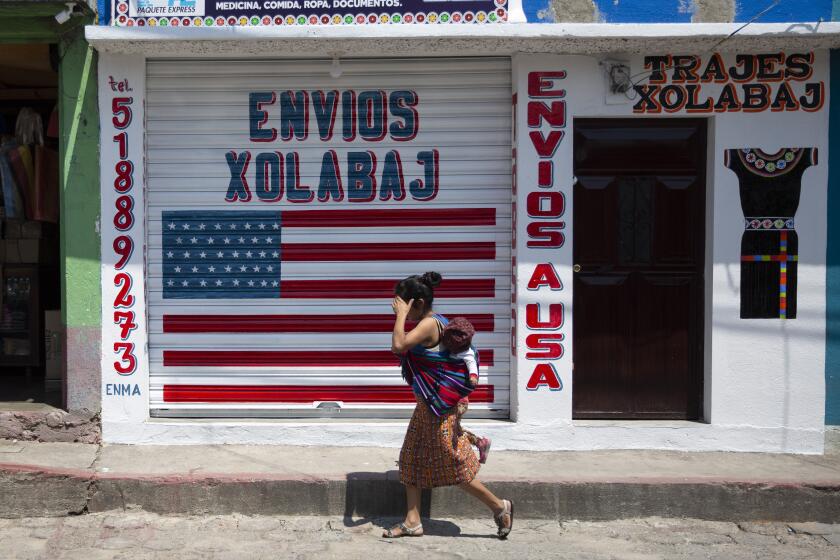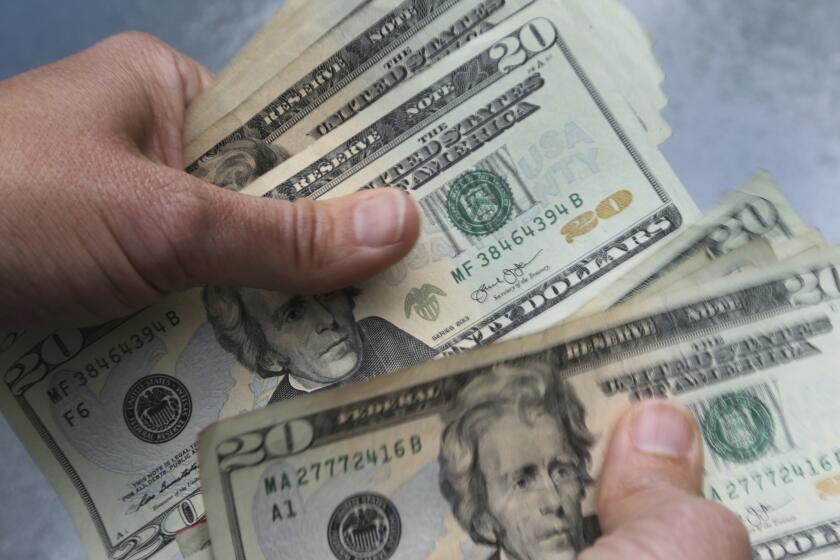Letters: They way Wilshire was
- Share via
Re “It all begins on Wilshire,” March 24
I have always been fascinated by Wilshire Boulevard, the great thoroughfare analyzed by Times architecture critic Christopher Hawthorne.
While I had a job on Wilshire near Vermont Avenue as a twentysomething in the early 1970s, I found the area to be of great interest. I spent entire lunch hours roaming through the elegant Bullocks Wilshire as well as the nearby I. Magnin & Co. department store (both now sadly defunct). I spent many happy hours at Lafayette Park and its little branch library. Noontime organ concerts at the First Congregational Church were another option.
My commute from West Hollywood would take me past the La Brea Tar Pits, Miracle Mile, the Brown Derby and the Ambassador Hotel. During the holidays, a local stockbroker would put up a reindeer on his office’s roof.
Thanks to Hawthorne for bring it all back.
Jill Anderson
Pismo Beach
Hawthorne repeats a misconception that has appeared in The Times before. He writes that the construction of the Wilshire subway “was halted by a powerful and well-funded opposition based largely on the Westside.” Actually, what it took to halt construction was not money but poor management and an explosion.
After a methane gas explosion near the subway route in 1985, Rep. Henry A. Waxman cited safety concerns and removed federal funding from the project. Los Angeles County Supervisor Zev Yaroslavsky, previously a strong supporter of the Wilshire line, reversed himself after it had been revealed that subway construction was faulty and way over budget. He backed Proposition A in 1998, and Los Angeles County voters by a lopsided margin denied the use of sales tax money for subway construction.
Richard S. Harmetz
Los Angeles
ALSO:
Letters: America’s problem isn’t debt
Letters: Untying the Middle East knot
Letters: Marriage at the Supreme Court
More to Read
A cure for the common opinion
Get thought-provoking perspectives with our weekly newsletter.
You may occasionally receive promotional content from the Los Angeles Times.








